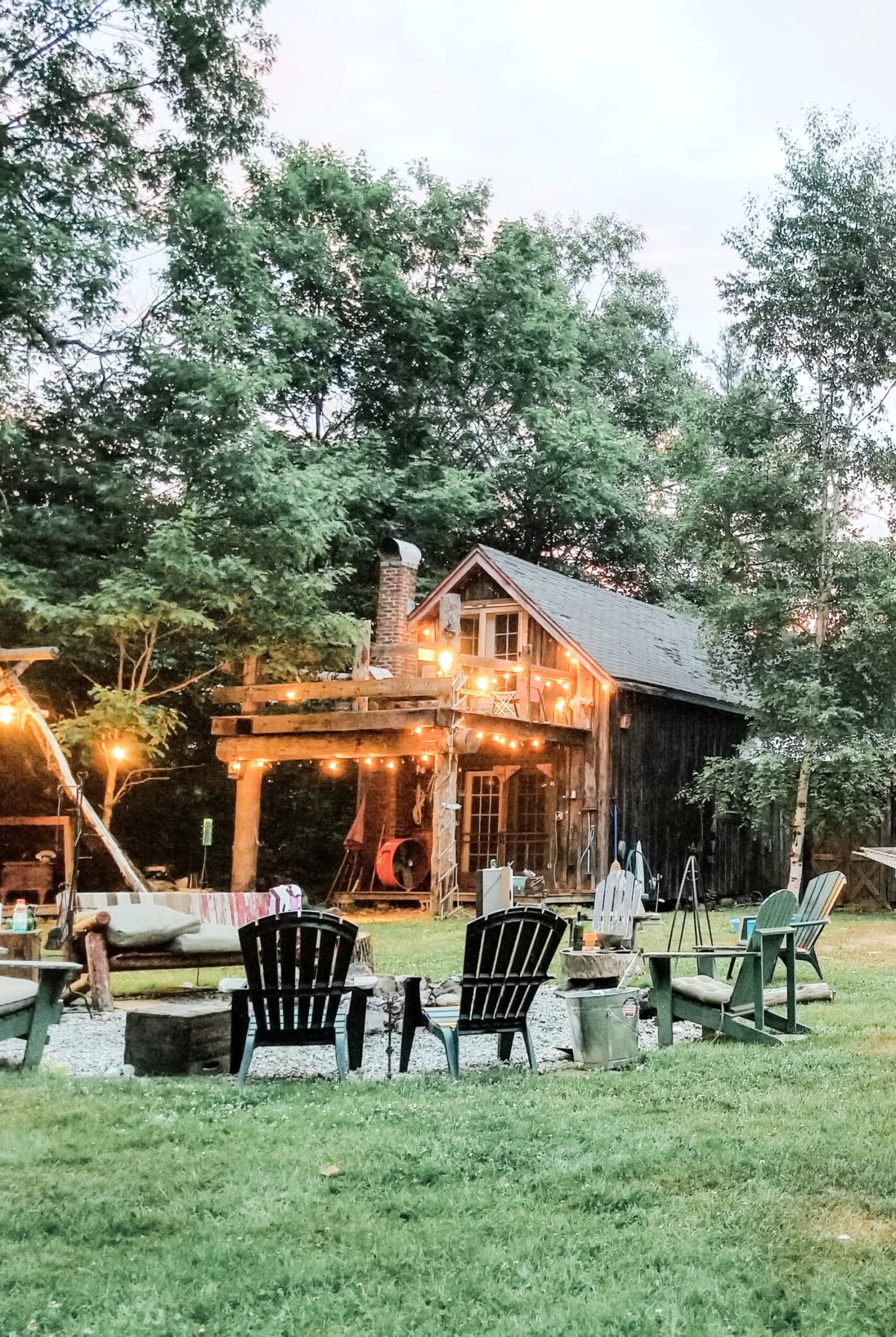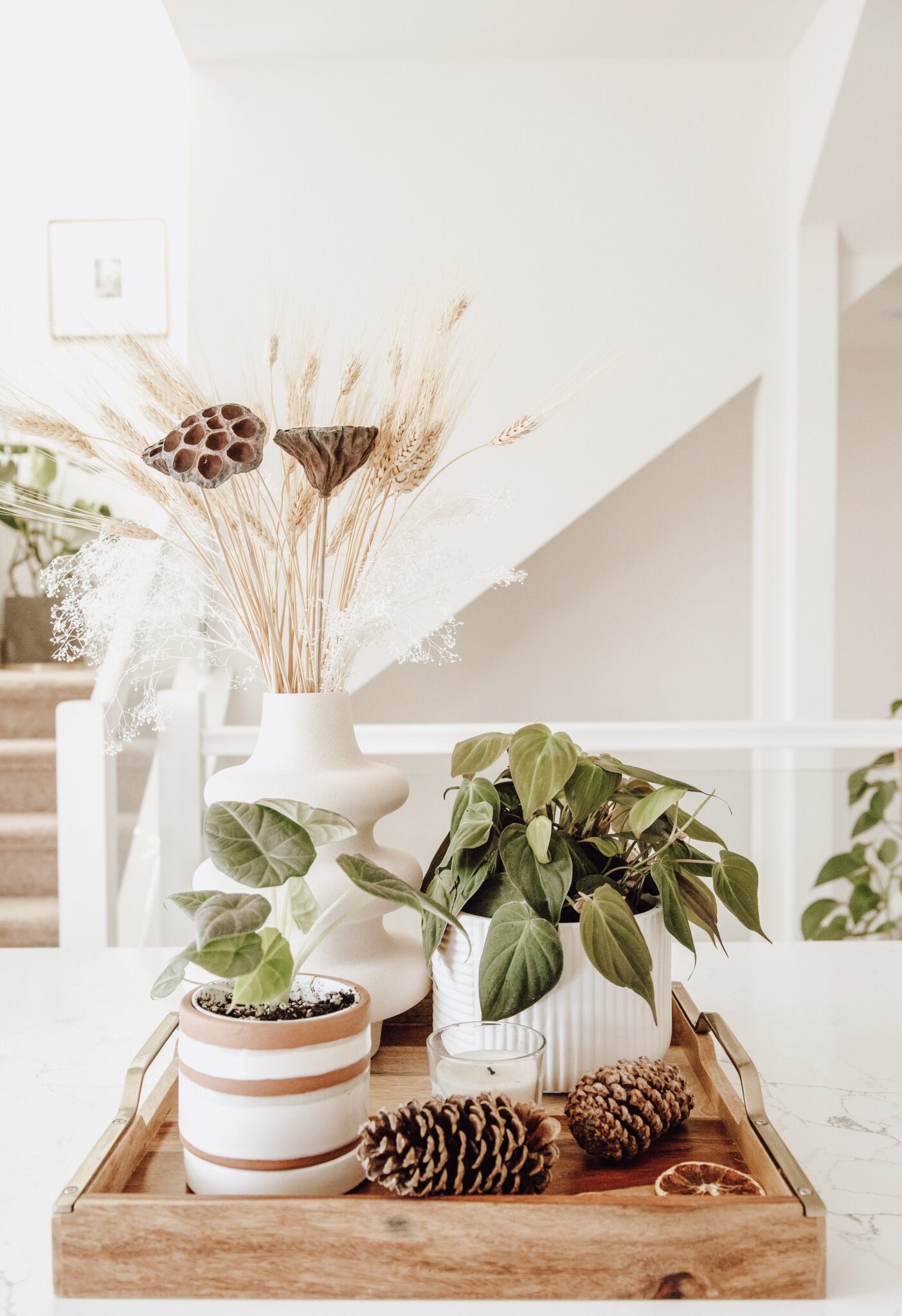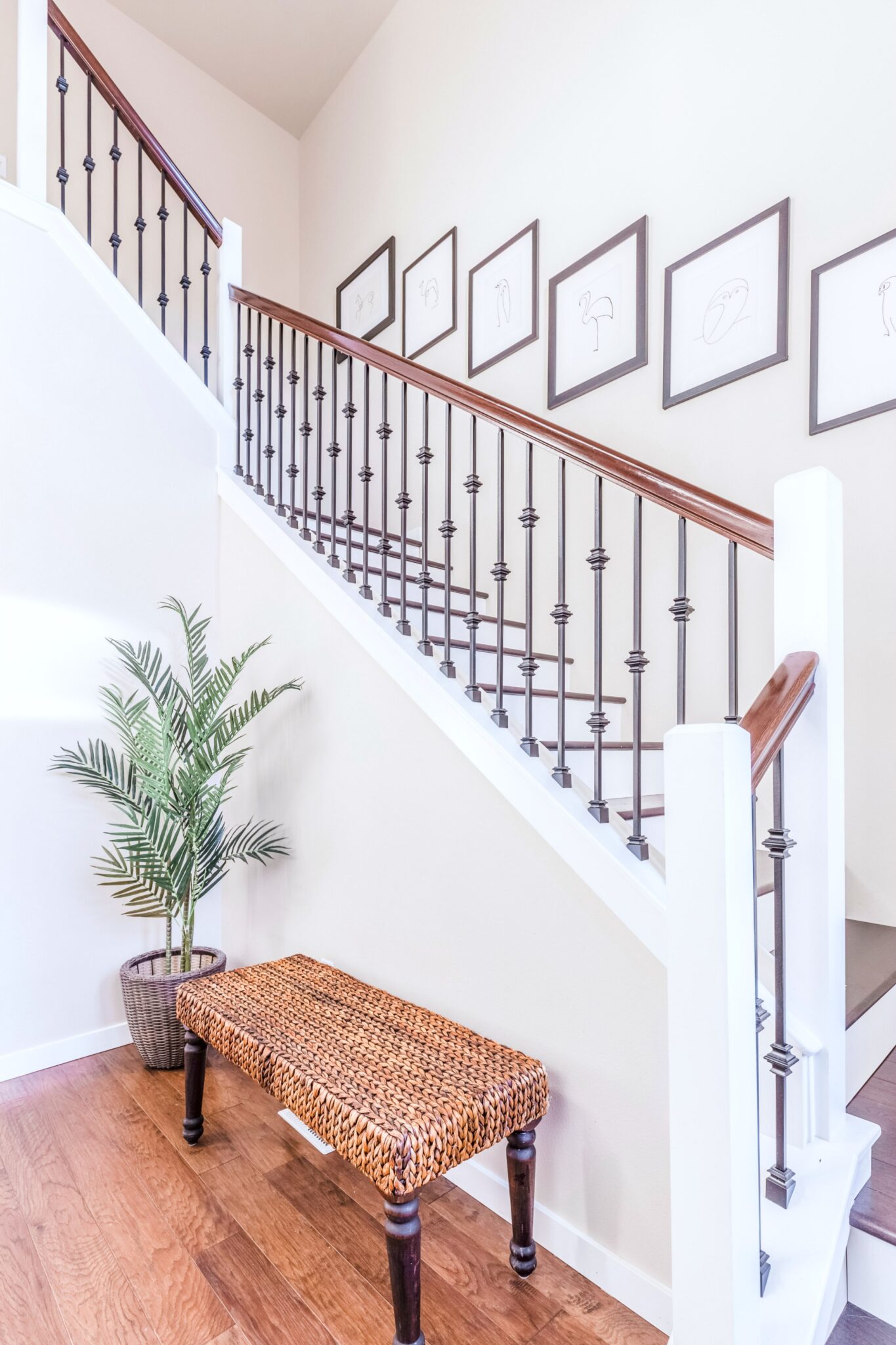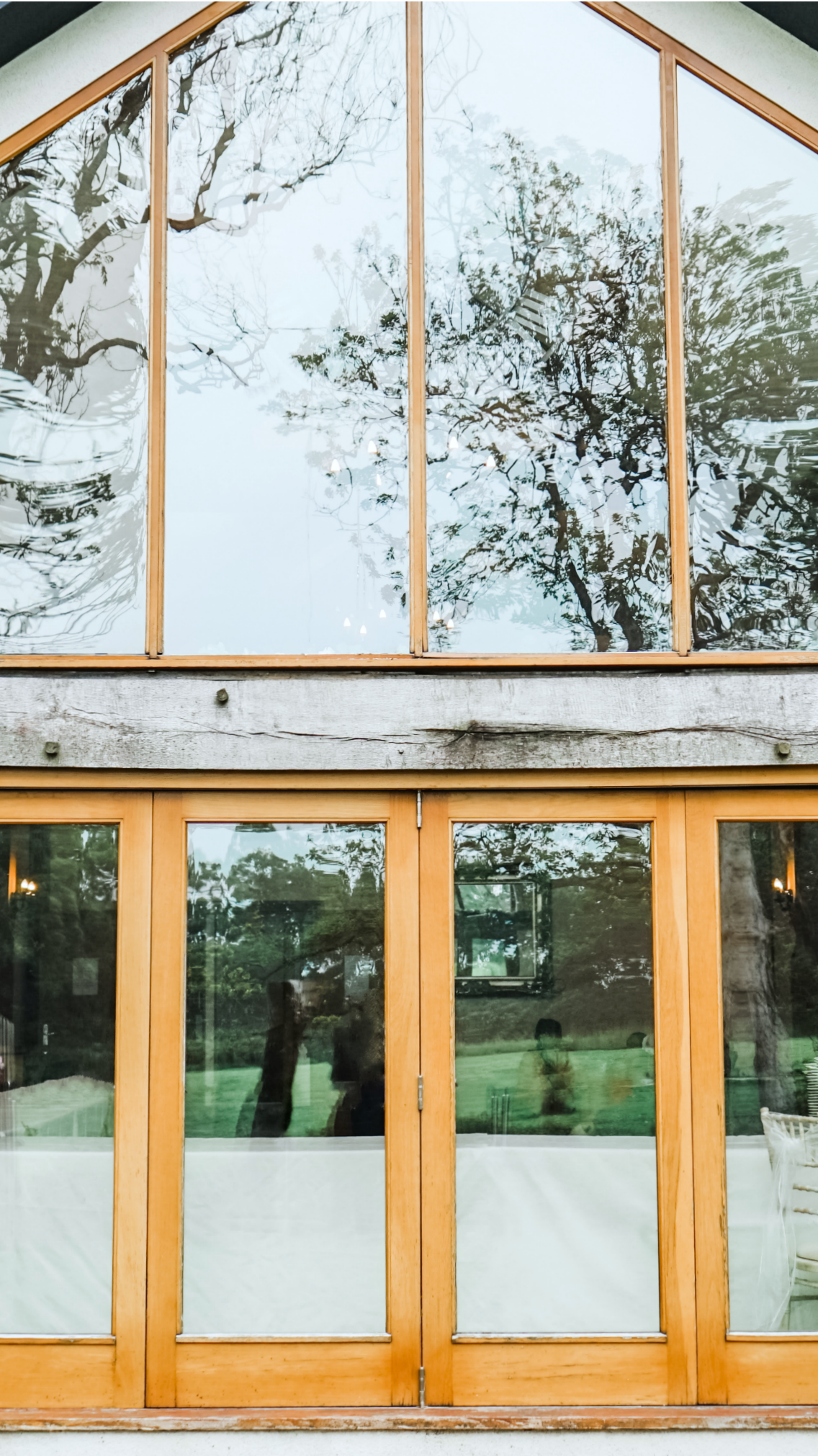Home Decoration Tips: Simple and Affordable Ways to Elevate Your Living Space
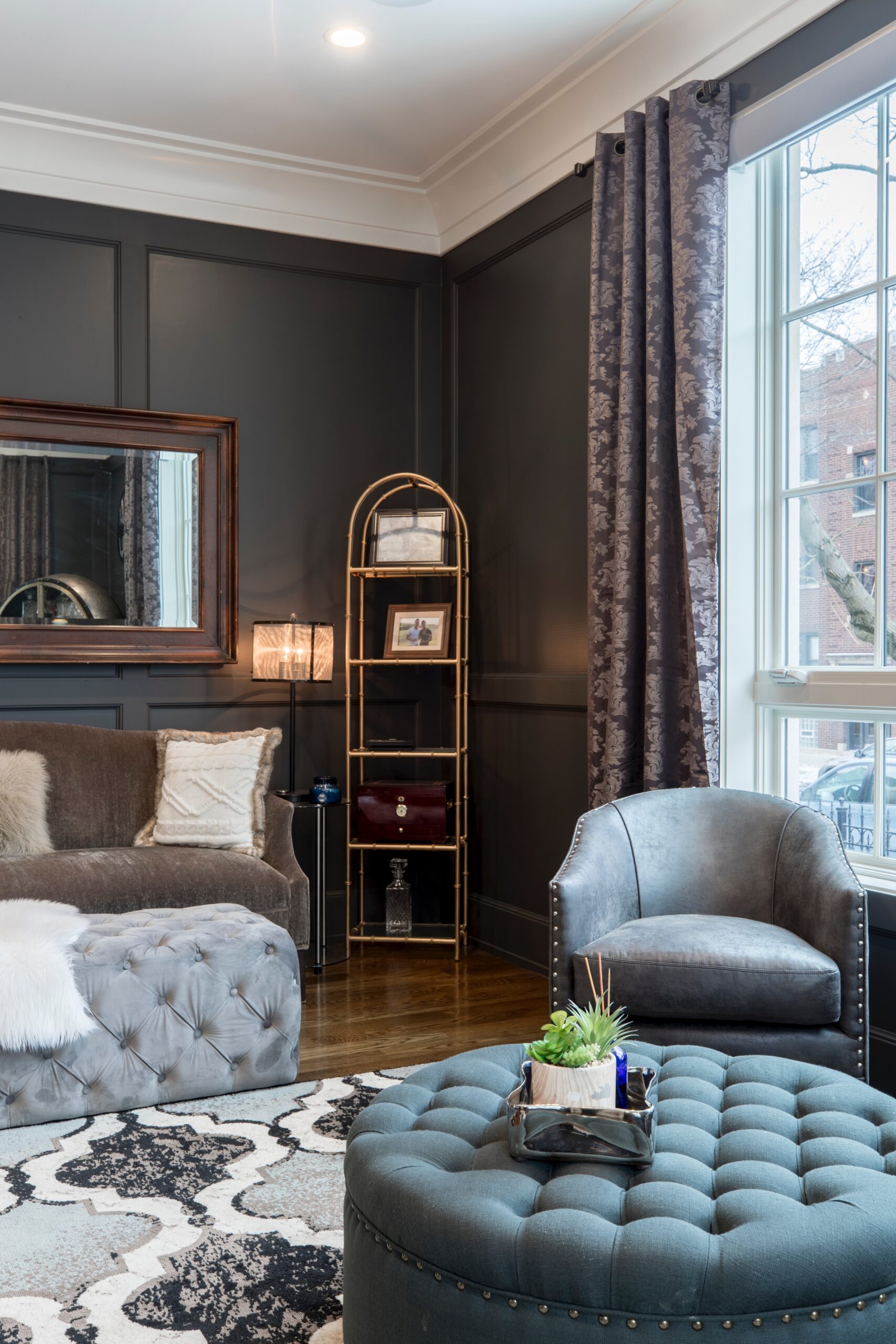
Affordable Ways to Elevate Your Living Space
Home decoration is an essential aspect of making a house feel like a home. It is the process of adding personal touches that reflect the homeowner’s style and personality.
Whether you are moving into a new home or just looking to refresh your current space, home decoration can be a fun and exciting project.
One of the most important things to consider when decorating your home is to choose a color scheme that reflects your personality and creates a cohesive look throughout the space.
Neutral colors such as white, beige, and gray are timeless and can be paired with accent colors to add pops of personality.
Additionally, incorporating textures and patterns can add depth and interest to a room.
Another tip for home decoration is to focus on creating a comfortable and inviting atmosphere. This can be achieved by incorporating soft lighting, comfortable seating, and cozy textiles such as blankets and throw pillows.
Even adding comfortable furniture can make a big difference. You can visit europeanleathergallery.com for recliner chair options. On the other hand, if you’re selecting furniture for your home office, you’ll want to choose pieces that are functional and comfortable for long periods of sitting.
By creating a space that is both visually appealing and comfortable, you can transform your house into a home that you will love spending time in.
- Furniture Selection
- Decor Elements
- DIY Decoration Tips
- Budgeting and Planning
- Maintenance and Care Tips
Furniture Selection
When it comes to home decoration, furniture selection is one of the most important aspects to consider.
The right furniture can not only make a room look beautiful but, also enhance its functionality. Here are a few tips to keep in mind when selecting furniture for your home:
1. Consider the Room’s Purpose
The first thing to consider when selecting furniture is the room’s purpose. For instance, if you’re selecting furniture for your living room, you’ll want to choose pieces that are comfortable and inviting, such as a sofa and armchairs.
On the other hand, if you’re selecting furniture for your home office, you’ll want to choose pieces that are functional and comfortable for long periods of sitting.
2. Choose the Right Size
Another important factor to consider when selecting furniture is the size. You’ll want to choose pieces that fit the room properly, without overwhelming or underwhelming it.
For example, a large sectional sofa might look great in a spacious living room but would be too big for a small apartment.
3. Mix and Match
Don’t be afraid to mix and match different furniture styles and materials. A room with all matching furniture can look too uniform and boring.
Instead, try mixing different styles and materials to create a more eclectic look. For example, pair a sleek modern sofa with a vintage coffee table.
4. Quality Over Quantity
When selecting furniture, it’s important to prioritize quality over quantity. Investing in high-quality pieces might be more expensive upfront, but they will last longer and save you money in the long run.
Look for pieces made from durable materials, such as solid wood or metal, and avoid cheap, flimsy furniture that won’t stand the test of time.
5. Consider the Color Scheme
Finally, consider the room’s color scheme when selecting furniture. You’ll want to choose pieces that complement the room’s colors without clashing.
If you’re not sure what colors to choose, consider using a color wheel to help you select complementary colors.
Overall, selecting furniture for your home can be a fun and rewarding experience.
By keeping these tips in mind, you can choose pieces that not only look great but also enhance the functionality of your home.
Decor Elements
When it comes to home decoration, choosing the right decor elements can make all the difference in creating a cohesive and inviting space. Here are some tips for incorporating decor elements into your home:
Color Scheme
One of the most important decor elements is the color scheme. Choosing a color scheme that complements your furniture and accessories can tie the room together.
Neutral colors like beige, white, and gray can create a calming atmosphere, while bold colors like red and blue can add energy to a room.
Lighting
Lighting is another crucial decor element that can affect the ambiance of a room. Natural light is always ideal, but if that’s not possible.
Consider using a combination of overhead lighting and lamps to create a warm and inviting space.
Wall Art
Wall art can be a great way to add personality and style to your home. Whether it’s a painting, photograph, or print, choose something that speaks to you and complements the room’s decor.
Moss Walls
Moss walls are a unique decor element that can add a touch of nature to any space. They are low-maintenance and can be customized to fit any size or shape.
Moss walls can also help purify the air and create a calming atmosphere.
Overall, incorporating decor elements into your home can help create a space that is both functional and beautiful.
By choosing the right color scheme, lighting, wall art, and unique elements like moss walls, you can create a space that reflects your personality and style.
DIY Decoration Tips
Decorating your home can be an expensive task, but it doesn’t have to be. With a little creativity and effort, you can create beautiful decorations on your own.
Here are some DIY decoration tips that will help you add a personal touch to your home without breaking the bank.
Use What You Already Have
Before you start buying new decorations, take a look around your home. You might be surprised at what you already have that can be used as decor.
For example, a collection of books can be stacked to create a unique side table, or a vintage suitcase can be turned into a stylish storage solution.
Get creative and think outside the box.
Repurpose Old Items
Don’t throw away old items that you no longer use. Instead, repurpose them into something new and beautiful.
For example, an old ladder can be turned into a unique bookshelf or a coffee table.
An old window frame can be turned into a picture frame or a decorative piece of wall art. The possibilities are endless.
Get Crafty
If you enjoy crafting, use your skills to create one-of-a-kind decorations for your home. For example, you can make your own throw pillows, curtains, or wall decor.
You can also create unique centerpieces for your dining table or create your own artwork to hang on the walls.
Add Some Greenery
Plants are an inexpensive way to add some life and color to your home. You can create your own planters using old cans, mason jars, or even wine bottles.
You can also create a vertical garden using a trellis or hanging baskets. Not only do plants add beauty to your home, but they also help purify the air.
Use Lighting
Lighting can make a big difference in the look and feel of your home. Instead of buying expensive light fixtures, create your own using items you already have.
For example, you can turn a mason jar into a pendant light or create a chandelier using old wine bottles.
You can also use string lights to create a cozy and inviting atmosphere.
By using these DIY decoration tips, you can create a beautiful and personalized home without spending a lot of money. Get creative and have fun!
Budgeting and Planning
When it comes to home decoration, budgeting, and planning are crucial steps to ensure a successful project.
Without proper planning, it’s easy to overspend and end up with a home that doesn’t quite meet your expectations.
Here are a few tips to help you budget and plan for your home decoration project:
Determine Your Budget
The first step in any home decoration project is to determine your budget. This will help you decide how much you can afford to spend on each aspect of your project.
Make a list of all the items you need to purchase, and research the prices to get an idea of how much you will need to spend.
It’s important to be realistic about your budget and stick to it throughout the project.
Prioritize Your Needs
Once you have determined your budget, prioritize your needs. Decide which items are essential and which ones you can live without.
This will help you allocate your budget where it’s needed the most.
For example, if you’re redecorating your living room, a new sofa and curtains may be more important than a new rug.
Plan Your Timeline
Planning your timeline is also important. Determine how long each aspect of the project will take and create a schedule.
This will help you stay on track and ensure that the project is completed within your desired timeframe.
Consider DIY
One way to save money on your home decoration project is to do it yourself. Consider which aspects of the project you can do on your own, such as painting or installing new light fixtures.
This will not only save you money but also give you a sense of accomplishment.
In conclusion, budgeting and planning are essential steps in any home decoration project. By determining your budget, prioritizing your needs, planning your timeline, and considering DIY options, you can create a beautiful home that meets your expectations without breaking the bank.
You May Also Like:
- Small Spaces, Big Impact: Clever Home Improvement Ideas for Tiny Living
- Adding A Home Pool: What You Need To Know
- 4 Ways to Improve Home Access Points
- How Environmentally Friendly is Your Home Heating?
Maintenance and Care Tips
Keeping a home well-maintained is essential to its longevity and appearance. Regular cleaning and maintenance can prevent costly repairs and replacements.
Here are some maintenance and care tips to keep your home looking its best:
1. Regular Cleaning: Regular cleaning is crucial to maintaining a clean and healthy living environment. Dusting, vacuuming, and mopping should be done regularly to prevent the buildup of dirt and dust.
2. Air Filters: Air filters should be changed every three months to ensure proper air flow and reduce the amount of dust and allergens in the air.
3. Plumbing Maintenance: Regular plumbing maintenance can prevent costly repairs down the line. Checking for leaks and fixing them promptly can prevent water damage and mold growth.
4. Roof Maintenance: Regular roof maintenance can prevent leaks and water damage. Inspect your roof for damage and replace any missing or damaged shingles promptly.
5. Painting and Touch-ups: Regular painting and touch-ups can keep your home looking fresh and new. Touch up any scuffs or scratches on walls and repaint any areas where the paint is chipping or peeling.
6. Landscaping: Regular landscaping can improve the appearance of your home’s exterior. Keep bushes and trees trimmed away from the house and maintain a healthy lawn.
7. Marble Restoration: For homes with marble features, engaging in timely marble restoration is key to maintaining the stone’s elegance and durability.
By following these maintenance and care tips, homeowners can keep their homes looking their best and prevent costly repairs and replacements.
Do you have any other tips to elevate your living space?

PIN FOR LATER:
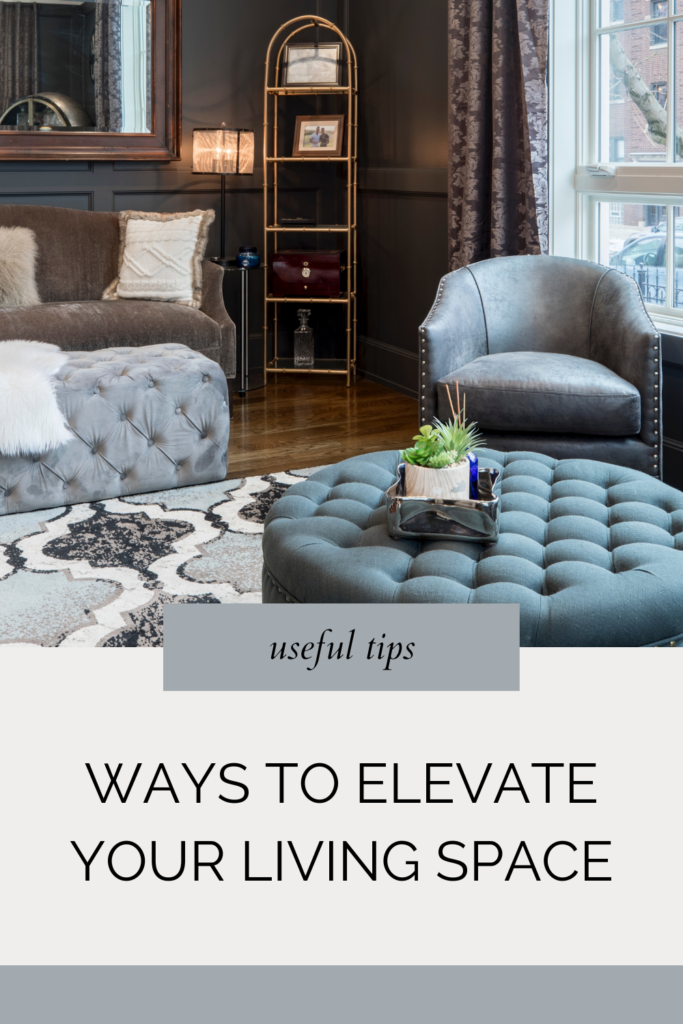

Nancy Polanco is a freelance journalist, lifestyle content creator, and editor of Whispered Inspirations. She is a proud Mom to Gabby and Michaela and partner and best friend to Darasak. Having worked as part of a health care team for almost a decade, Nancy is happy to be back to her passion. She is a contributor to the Huffington Post, TODAY’s Parents, and an Oprah Magazine Brand Ambassador.


